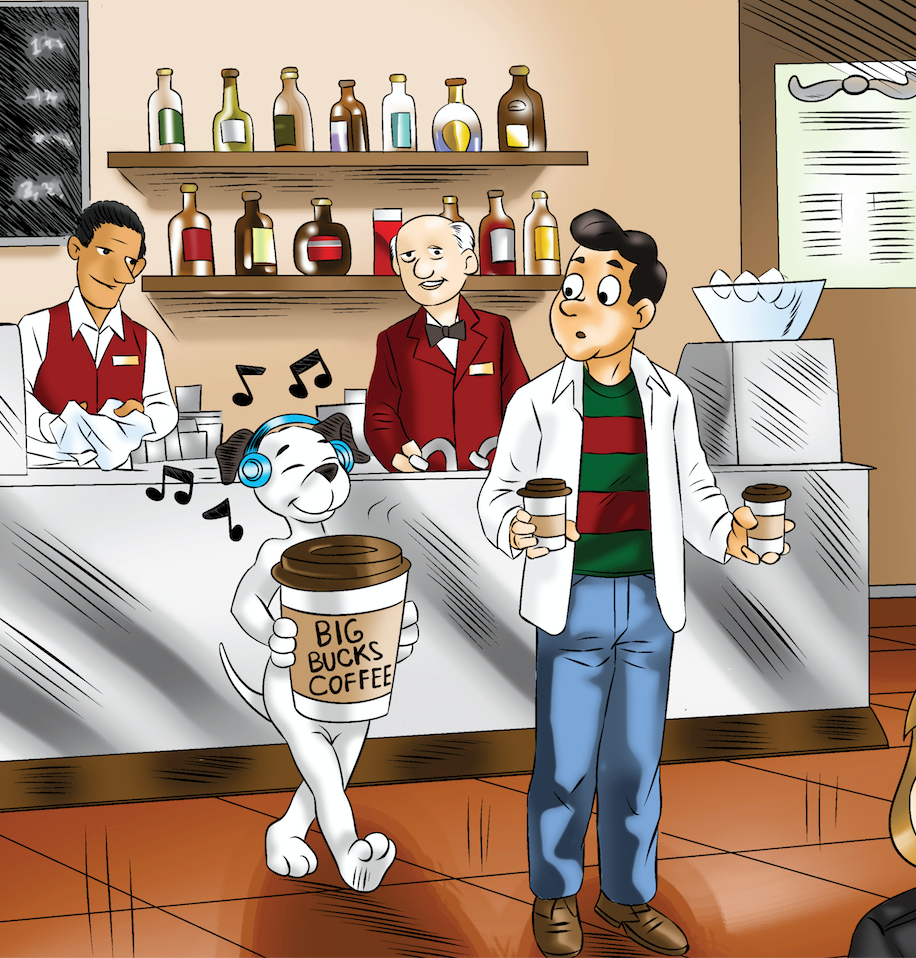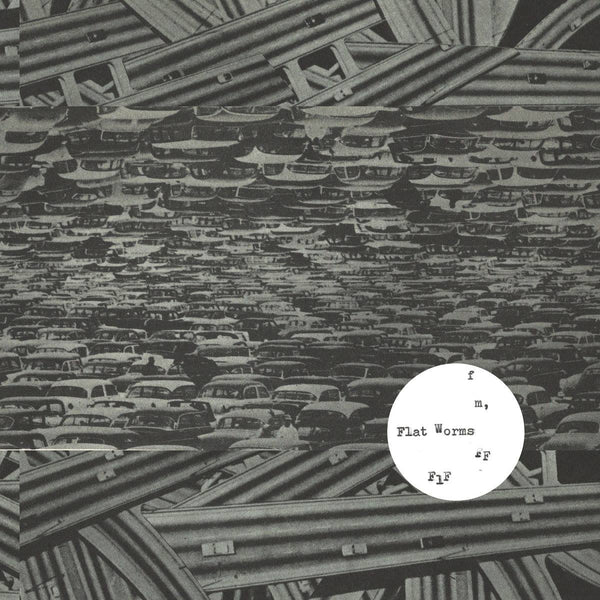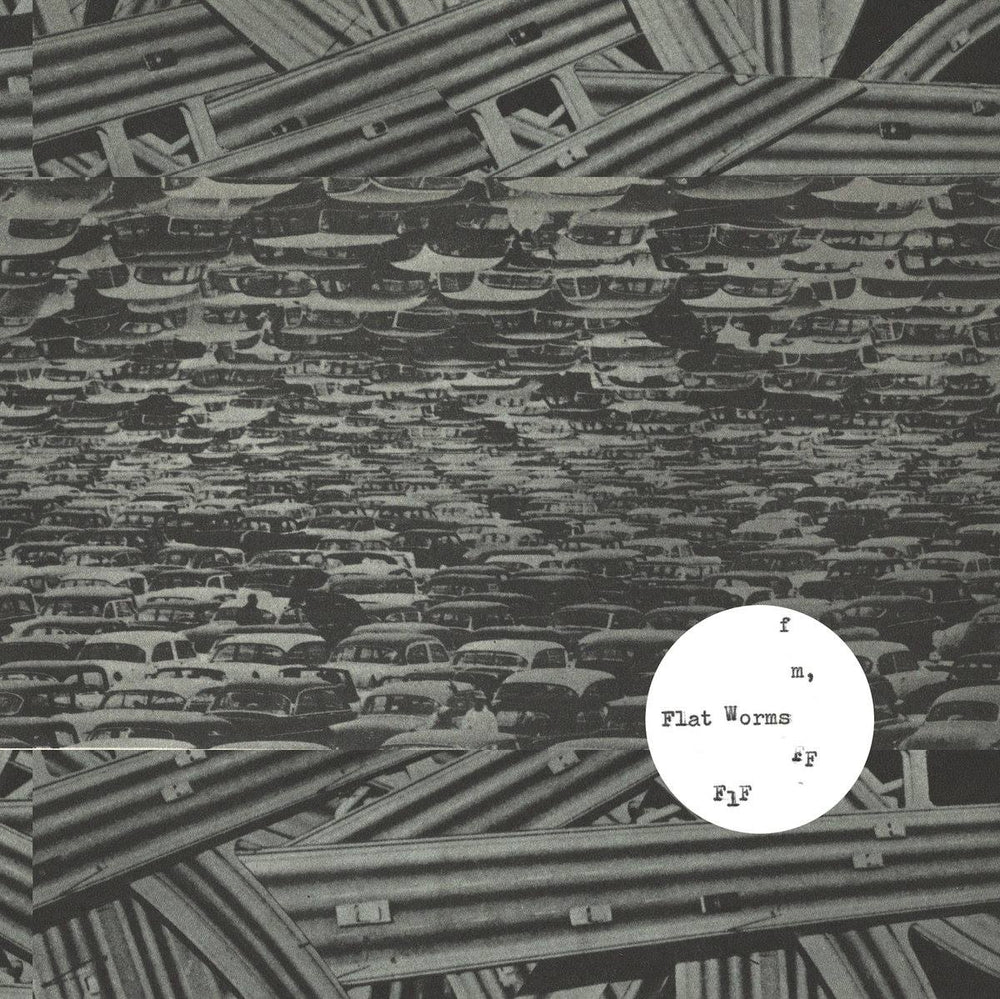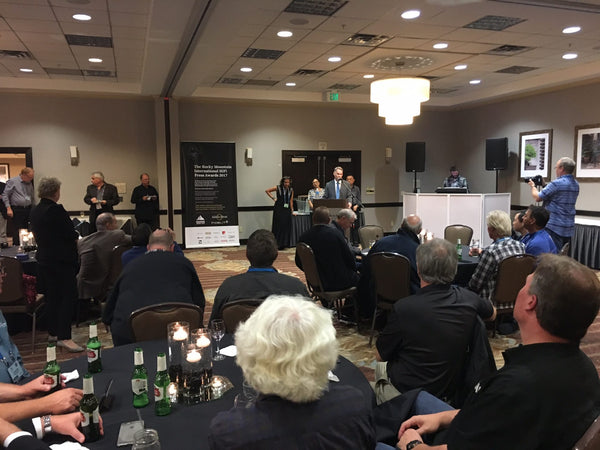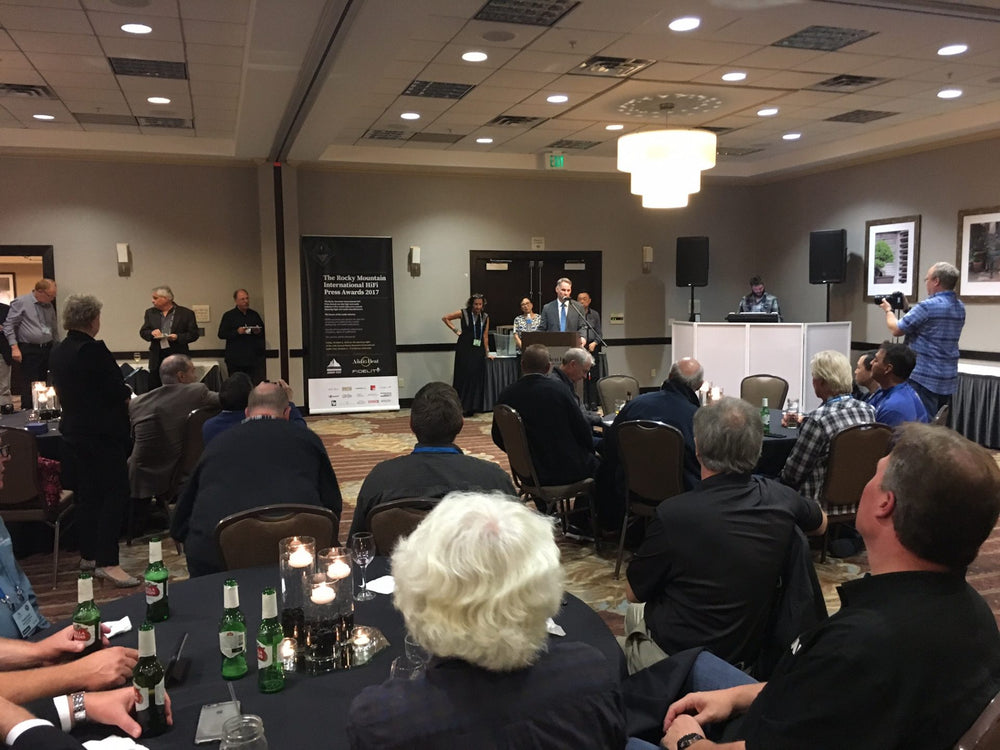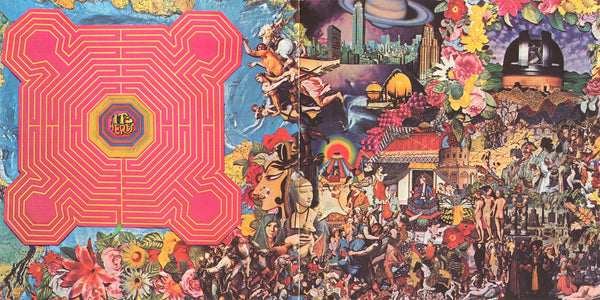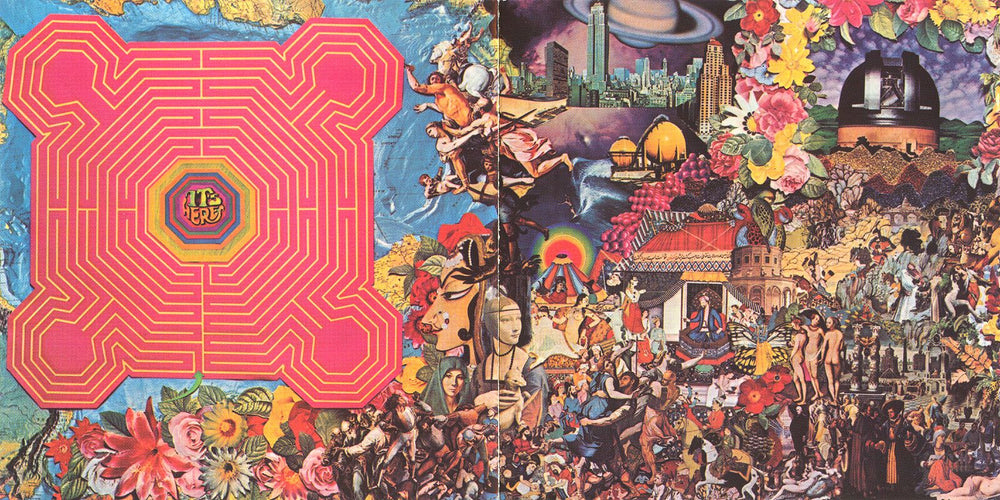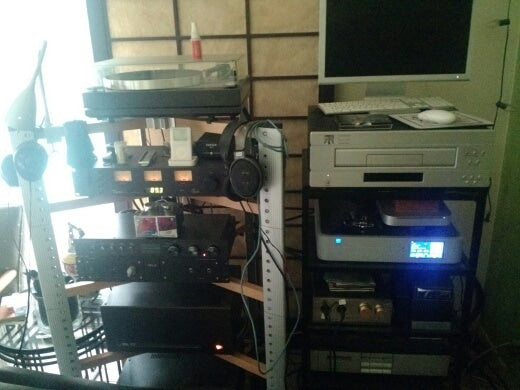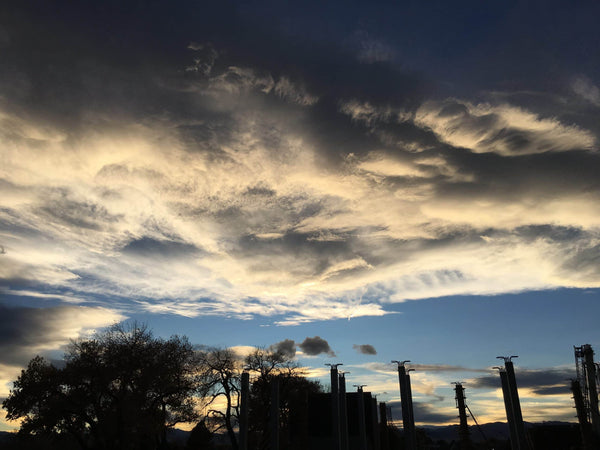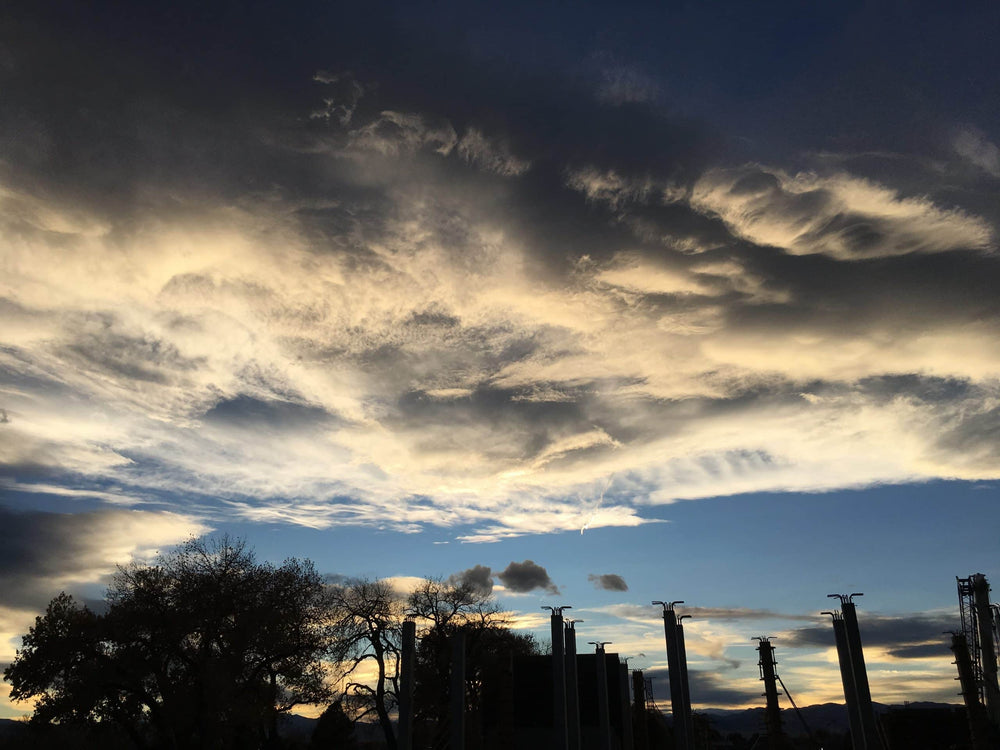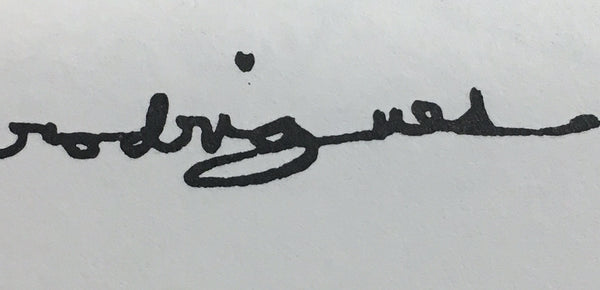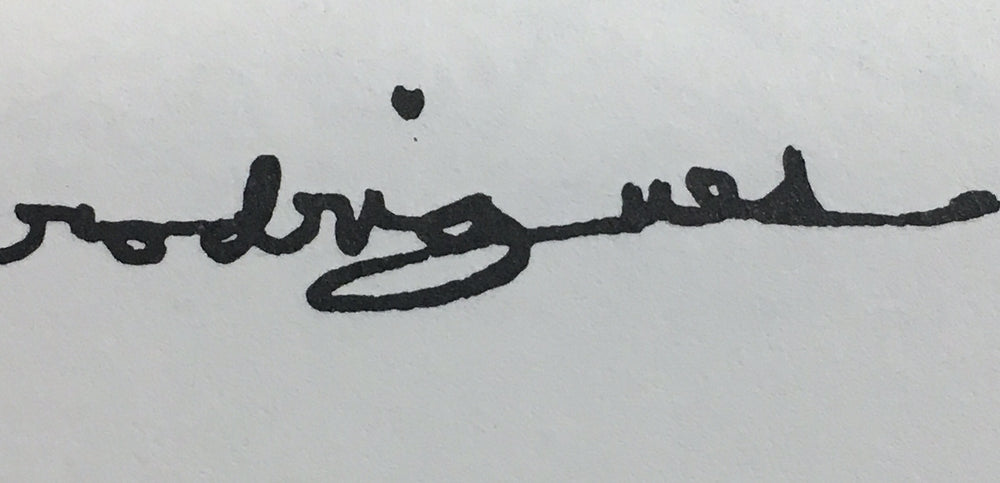Kavi Alexander considers creating music to be a sacred act, and has made Water Lily Acoustics, his labor of love, an avenue for sharing the magic when his recordings capture the inspired and created music from his often improvised settings like lightning in a bottle. From Water Lily’s beginnings in 1984 with their releases of recordings from Sarod maestro Ustad Ali Akbar Khan to notable “mash-ups” with diverse artists such as L. Subramanian, Vishwa Mohan Bhatt, Jerry Douglas, Taj Mahal, David Hidalgo, Bela Fleck, Wu Man, Martin Simpson and Ry Cooder, Kavi Alexander has established a niche for serious music lovers to truly examine how music is an international language that transcends borders and the spoken word. John Seetoo spoke with Kavi Alexander about Water Lily Acoustics and his philosophies on music and audio for Copper.
J.S.: Other than your symphonic recordings in St. Petersburg, you’re largely associated with small-scale groups performing at moderate volumes. Is that simply a function of the artists chosen to record, or a matter of personal preference?
K.A.:I started Water Lily Acoustics with the intention of recording the Eastern master musicians, the virtuosos and thus help to preserve the old traditions that they represented. I had realized very quickly, when I got my first stereo and started listening to the recordings of the Eastern masters that I loved, – the sound on these recording was dismal and very poor. My attempt with Water Lily Acoustics, was to correct that; to record these great Indian, Chinese, Middle Eastern and Persian virtuosos properly. To this end, I sought the assistance of Baron Tim de Paravicini, and convinced him to build me an entire custom, all-analog, vacuum-tube recording chain. Even though I place great emphasis on acquiring the finest recording and playback equipment, I remain a firm believer in giving music the utmost precedence. Technology should always be in the service of art. For me, there is no other approach.
J.S.: Do you approach recording a full orchestra, a small ensemble of acoustic instruments, or a duet or solo recording any differently?
K.A.: The aesthetic is always the same. You want to capture that same dynamic reality, whether it be a solo instrument, a chamber ensemble, or a whole orchestra. Of course there are technical and practical considerations, but it’s not the real issue. I never try to capture an “at the podium” kind of “reality.” One needs to step back a little; one has to let the instruments “breathe,” they need to interact with the acoustical space in with the recording is being made. One should record in such a way, that when the recording is played back in the home, the listener has the “illusion” of sitting in the ideal seat – say in the 10th to the15th row, center and on the SAME plane as the orchestra. This “ideal” seating is of course never possible for a concert goer, as in nearly all the concert halls, should one sit in the ideal seat (10th to 15th row, center), one’s ears will always be below the stage on which the orchestra is seated!
Thus, to create the “illusion” mentioned above, when doing orchestral recordings, I start with a ladder placed between the 10th and 15th rows and determine the proper microphone height from the floor, by climbing up and down the ladder and listening for a good balance. Invariably, this ends up placing the microphone stand 15 to 20 feet back from the edge of the stage, and 10 to 15 feet up, as measured from the stage, on which the musicians will be seated. Now,for recording a soloist or a small enable, things of course will be a little different: the mikes will not be as far back, nor will they be as high up, as in the case of an orchestral recording.
There are two very different approaches to recording acoustic music, which were arrived at almost simultaneously around the 1920s. The first one is what I call “The American Approach”, born of the experiments done by Bell Labs in the 1930s, recording the Philadelphia Orchestra. Unbeknownst to those at Bell Labs, Alan Blumlein, my personal hero and the father of all things audio, conducted research at EMI in the UK, which yielded what I call “The British Approach.” The Bell Labs experiments evolved from “the wall of microphones” to “the wall of speakers,” producing the final “three spaced omni mike” technique.
This technique was used exclusively by Everest, Mercury, Command, and much later, Telarc. Initially, this approach sought to record the orchestra with the microphones placed near the podium, and thus, capturing a greater percentage of the direct sound. The intent here was to get the impact of the music, with lots of clarity and detail, by picking up the sound of the instruments at close range. This of course meant that the ratio of the direct sound to that of the reflected sounds was altered. This approach relied on the speaker/room interaction to provide the “ambiance” on playback, to allow the speaker-room interaction to provide the “ambiance” or “room sound.”
The Blumlein approach was to record in such a manner, so as to capture a good balance between the direct sounds and the reflected sounds, employing a coincidentally placed pair of bidirectional mikes, crossed at 90 degrees and placed some distance from the orchestra, thus capturing a good balance between direct and reflected sound. All the sounds are sampled at one point in space, thus preserving phase and amplitude coherence, which in turn yields very convincing stereo images. The Blumlein technique was employed by EMI only for a very short period and then was abandoned, to be taken up later, by dedicated small labels such as Meridian and Unicorn in the UK and Sheffield Labs, Water Lily Acoustics and Chesky in the US.
Decca on the other hand developed the “Decca Tree”, another version of the three spaced omni mike technique. Starting out with three cardioids, then incorporating baffles in-between, then a combination of cardioids and omni mikes and finally settling on three spaced omni mikes, with the center mike, as always, placed a little further forward, in relation to the two flanking mikes. In France the ORTF, the French equivalent of the BBC, came up with the mike technique referred to as the ORTF method, which employed two cardioid mikes, angled 110 degrees and spaced 17 CM apart, to correspond to the inter-aural distance, the spacing between the ears. This fact enables the ORTF technique to present a very different perspective and stereo imaging than that offered by the Blumlein technique, wherein the two mikes are truly coincident.
There is also the NOS technique, developed by the Dutch Radio/TV folks, which is a variant of the ORTF, in that again two cardioids are employed, but here are angled at 90 degrees, but spaced 30 CM apart. This technique and the Blumlein technique are the only two mike techniques that have an equivalent and geometrically inverse speaker placement for playback, to enable correct stereo reproduction in terms of imaging! In the case of the Blumlein technique, a pair of dipole, point source speakers (Quad 63s are perfect!) are placed such that the included angle, extending from the listening seat to the center of the speakers will be 90 degrees. This same speaker placement, but with forward-facing point source transducers (Rogers LS 3/5As are perfect!) will also reproduce correctly, in terms of imaging, recordings done with the NOS technique, but with obvious difference, due to the differing pick up patterns and phase/amplitude coherence and time of arrival issues.
The Swiss recording engineer Jürg Jecklin developed a technique known as the OSS technique, which is more commonly known as the Jecklin technique, wherein two omni mikes are employed, spaced 16.5 CM apart, with a 30 CM baffle in-between. Lately, Jecklin seems to have updated the mike spacing to 30 CM and the baffle diameter to 36 CM.
There is also the mike techniques developed by Tony Faulkner, which he calls a “Phased Array” and involves using two figure-of-eight mikes placed side by side and aimed straight at the sound source, with a seven to eight inch spacing in between.
And lastly, the closely spaced (12 inches) omni pair, a technique preferred by the engineers at DPA/B&K.The above mentioned coincident and near coincident mike techniques are the ocean that I swim in, wherein I seek the Stella Maris [Perhaps better known as Polaris, the North Star.—Ed.].
It is very important for one to know the history of one’s chosen craft and to learn to learn from that history. If you’re passionate about something, you need to know how it all began, how it all evolved. Without knowing the big picture, there’s very little you can learn.
J.S.: You started Water Lily as a label to release professionally recorded music from South Asia and the Middle East. As instruments like the sitar, sarod and tamboura generate multiple overtones, do you find recording the performance in a room with good acoustics more important than getting close mic separation and possibly sacrificing the special tonalities of the instruments – or is there a secret to capturing both?
K.A.: I really don’t think you lose anything by recording the instruments from a few feet away. If anything, you gain, because you allow the instruments the chance to breathe. A good example of these two approaches can be found in two recordings of Ustad Ali Akbar Khan. One was done by Mark Levinson, which is all digital and was recorded with two closely spaced B&Kmeasurement mikes, placed very close to the strings of Khan Sahib’s Sarod. The other is my recording of Ustad Ali Akbar Khan, titled Indian Architexture and done with an all-tube, analog chain. A Blumlein pair was placed 7 to 8 feet from the instrument in a large church. I believe that the Ali Akbar College in Marin has CD copies titled “Alap” of Mark Levinson’s recording.
J.S.: The reason I bring this up is that you mentioned before about a close miked Sarod recording that impressed you…
K.A.: That was the Connoisseur Society recording by one of my heroes, David B. Jones. He used Sony tube mikes, feeding a custom tube mixer, and a half-inch, two track tube Ampex 300, running at 30 ips. On this recording, the tabla and the sarod each had its own mike, along with some “ambient pick-up mikes” placed some distance from the instruments. This recording was made in a chapel at Columbia University in New York, blessed with very fine acoustics. The technical guru on all these recordings wasPeter Bartok, the son of Bela Bartok. It was Peter Bartok’s idea to run the Ampex 300 at 30 ips, at a time when there was no EQ standard for this speed. I cannot praise enough this recording of the great Ali Akbar Khan.
David B. Jones made 7 recordings of Khan Sahib for Connoisseur Society.This very hip label, was run by Alan Silver, who lived in the Upper West side in New York City, released some extraordinary records. They even went to Saintes Maries-de-le-Mar in the south of France and recorded Manitas de Plata, within the holy shrine of the Black Madonna, so sacred to his people, the Romani. All the Connoisseur recordings were mastered by the legendary George Piros, who also mastered the Mercury recording of the other legend Bob Fine.
J.S.: You have stated in other interviews about how the creativity of the 1960s had a profound impact on you.
K.A.: Absolutely! Yes it did, in a very big way.
J.S.: Speaking of creativity, does the improvisational approach to Hindustani music and Western artists with whom you’ve worked, like Ry Cooder, Martin Simpson, Jon Hassel and others have a special significance and affinity for you?
K.A.: Of course. I think great art is improvised. I personally think that the improvised approach to creating music embodies the real magic; the exploration of uncharted territory has its own rewards. I view my projects like a journey on a train, in a country where there is a train culture. You have a window seat and a comfortable compartment, and you travel at a reasonable speed, sothat you may see the passing countryside. And then, who walks into the compartment? Perhaps a Catholic priest. Maybe a student, engrossed the music of Segovia. Maybe abeautiful woman going on a shopping spree to Paris. You speak with all of them, and you may never see any of them again in your life. It’s sort of like that.
You’re on a journey and you get off at the other end, enriched by your experience with people from many walks of life. And that’s how I see the kind of recordings that I have made, where I bring a Wu Man and a Martin Simpson together – you know, musicians who have never played together… I mean, Martin and Wu Man may have heard of each other, but most of the stuff I do…I mean, Vishwa Mohan had no idea who Ry Cooder was!
You have to witness this…to feel the thrill. I’m sure musically trained people will hear of mistakes and flaws in the “construction” of the unfolding music I record. To me, this is irrelevant. I don’t give a damn about a couple of bum notes. Keep in mind, in many cases, the musicians I am recording can’t even speak to each other, because they do not know each others’ languages! They know nothing about each other’s culture! Yet, I believe that the end results transcend these barriers, and communicate beyond borders and boundaries. It can start by me suggesting to an Indian musician, “Why don’t you play a dhun”, which is a lilting, mountain folk melody. And the Chinese musicianwill go, “Oh yes! We have a folk melody similar to that.” Bingo. And once we have a melody to improvise upon, we are off to the races!
And all these explorations are done within a matter of a few hours of the musicians first meeting each other! No three month long rehearsals!
J.S. : Showing music to be a truly international language.
K.A.: Yes, indeed! Some people might say, “Kavi is not a musician, yes, he may make some decent recordings, but he doesn’t know a thing about music. Those blends are awful.” This sort of thing has never stopped me from doing what I love. I know that men seriously committed to the art of music, both musicians and producer/engineers, have shown respect and love for my work. Keith Jarrett, George Winston and Jackson Browne are a few of those musicians. Manfred Eicher of ECM and Don Was of Blue Note are among the producers who approve of what I am doing. George Harrison once wrote to me, saying how much he loved what I do.
I am not a musician, and thus do not sing nor play any instruments. I am someone who is madly in love with the magic of music, and in my pursuit of this all-consuming passion, I have also fallen in love with great audio equipment.
I started out by buying and collecting LPs in Paris. I knew nothing about the high end nor Blumlein recordings! My first amp was a Sansui integrated amplifier. I liked Sansui as a brand, and they seemed to be very well made. I started out with the lowest priced integrated amp, and sort of became an audiophile as I started to buy the more expensive integrated amps for the filters and tone controls. This was in my effort to get rid of the horrible ticks and pops that plagued the poorly pressed Indian EMI LPs and to compensate for the poor sound quality.
This is how I got sucked into becoming an audiophile! The next awakening was realizing the staggering impact that my French friend’s Charlin stereo system had on me. That Charlin system made by another hero of mine, Andre Charlin, the Peter Walker of France, made me realize many things; one was the staggeringly good sound that issued forth from the recordings that Andre Charlin made and released on his label, Disques Charlin. The other was becoming aware of spatial perception, as applied to recordings reproduced in the home, in terms of stereo image, depth, etc. The seeds had been sown, the die cast, and I became a servant truly in the service of music!
From the Sansui amps, I graduated to a pair of Dahlquist DQ10 speakers and Meridian 101/105 amp and preamp combination. Now, there was no going back…
J.S.: As you already have worked with David Hidalgo of Los Lobos….
K.A.: A wonderful human being, and a great musician.
J.S.:….would working with musicians from “jam band” artists like Phish, Dave Matthews Band, Govt Mule, Robert Randolph, et al appeal to you for some kind of mash-up pairing with international artists? If so, what would be some interesting combinations, in your opinion?
K.A.: I’m not interested in amplified music, but I would love to record David Hidalgo with Jerry Douglas, an unsung American hero if there ever was one. I also had plans to record the following combinations of American artists: Taj Mahal with Richie Havens and Odetta Gordon, Taj Mahal with Dom Um Romao and Papa Bunka Susso. I also wanted very much to record Leon Russell and Johnny Winter, just slide guitar and piano… Time, money and things of that nature came in the way…
J.S.: Well, they could be playing acoustically, but their open improvisational sensibilities…
K.A.: Yes, Jerry and David in the church…the others you mention, do not speak to me, I do not understand their language.
In the past, I have been contacted by Ray Manzarek of the Doors… he had heard a Carnatic violinist, whom I know, at the Bakery in LA and wanted to do a project… and Stewart Copeland of the Police who wanted to do something with Jie Bing Chen, the Chinese virtuoso on the Erhu. I also had a long phone conversation once, with Ron Carter, who happens to own a very good audio system. A friend of his had played him one of my CDs and Ron was very impressed with the sound quality and the kind of brews that I was brewing.
I’d still love to record Jerry Douglas and David Hidalgo. Just the two of them.
J.S.: I play dobro. Jerry Douglas is one of my heroes!
K.A.: For me,Jerry Douglas is far more important than Eric Clapton! He’s truly phenomenal. He’s really a wonderful human being. Down to earth… Same thing with Hidalgo. These are very humble people, who know who they really are and what they can do. They need not prove anything, impress anybody. I love working with artists of this caliber. I have no time for rock stars and pompous pretenders and poseurs. Real human beings. You can’t work with someone throwing tantrums and smashing up instruments.
I come from a very traditional culture, where craftsmen, artisans and musicians, honor the tools of their trade. I have read that Ravi Shankar at the Monterey Pop Festival was appalled when he saw the Who and Jimi Hendrix smashing their guitars. In traditional cultures, one’s instruments, one’s tools of the trade, are sacred. This was also the case in medieval Europe. The knights had their armor and weapons blessed.
In fact, before I came to this country from Sweden, I used to record in a beautiful church in the small town where I lived. I was friendly with the priest, and said to him “I’m going to America, and I’m taking my equipment with me. I’d like you to perform a special service and bless my equipment.” I thought this being a Swedish Lutheran priest, he would think I’m some damned pagan from India and say no! (laughs)
On the contrary, he said he would be happy to do it! He was well aware of the knights having their armor and weapons blessed. He actually performed the ceremony in the very church where I had cut my teeth, leaning the art of recording!
[John Seetoo’s interview of Kavi Alexander will conclude in the next issue of Copper. Thanks to them both for a fascinating chat! —Ed.]



